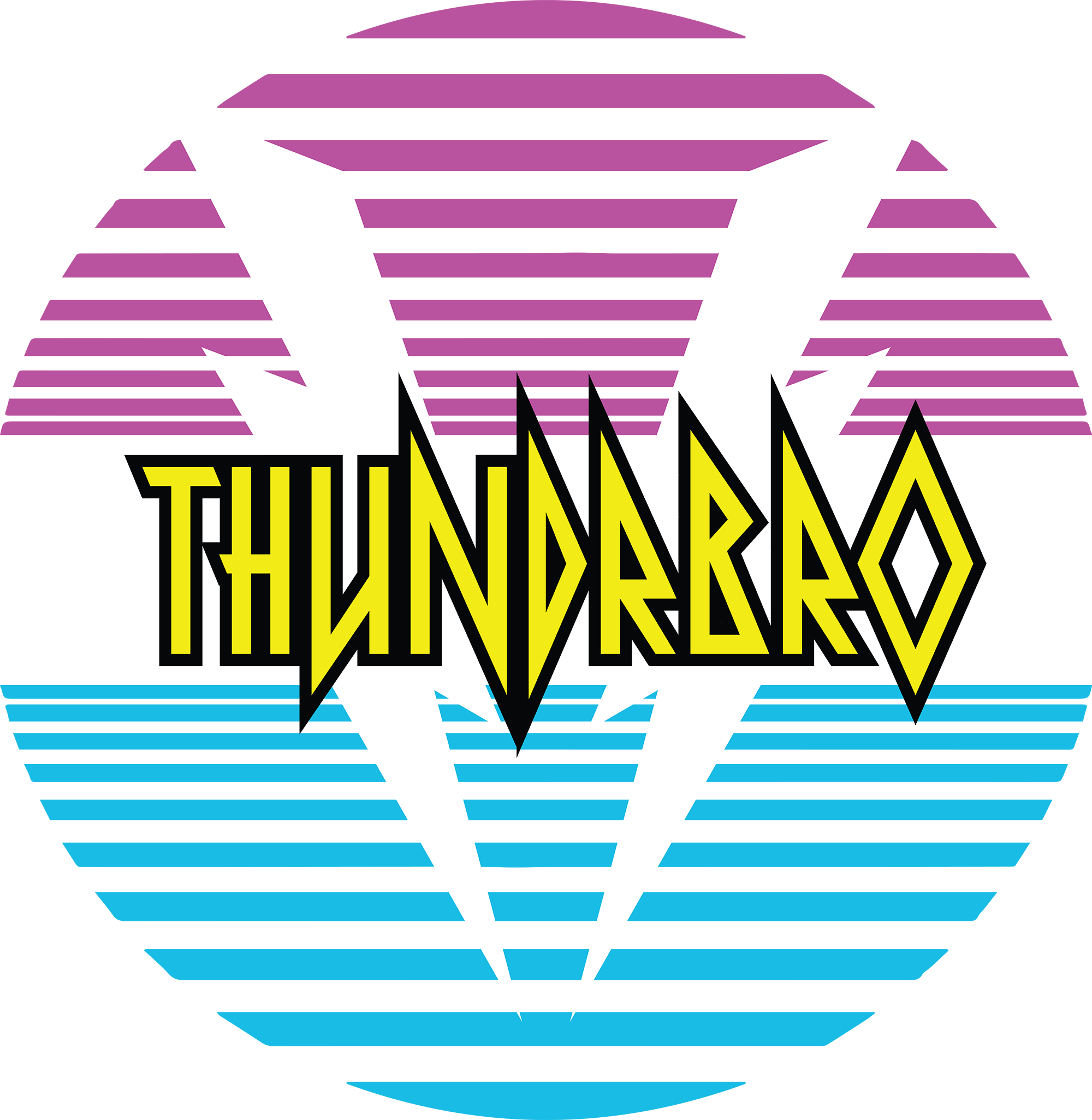Advanced Recovery for Peak Performance
Training hard is only half the battle—how well you recover determines how hard you can train. Athletes who prioritize recovery experience improved performance, reduced injury risk, and faster muscle repair. Below, we explore pro-level recovery techniques to help you train harder, recover faster, and stay injury-free.
Active Recovery: Keep Moving to Stay Loose
Engaging in low-intensity activities like cycling, yoga, or swimming enhances blood flow, removes metabolic waste, and reduces muscle stiffness. Studies show that active recovery helps maintain performance levels better than complete rest.
Cold and Heat Therapy: Managing Inflammation
Cold water immersion (such as ice baths) reduces muscle inflammation and soreness, while heat therapy improves circulation and relieves stiffness. Contrast therapy, which alternates between hot and cold exposure, has been found to enhance recovery by balancing these effects.
Compression Therapy: Boost Circulation
Compression garments and pneumatic compression devices help improve circulation, reduce swelling, and flush metabolic waste. Many elite athletes use these tools to accelerate muscle recovery after intense training sessions.
Red Light Therapy: Stimulating Cellular Repair
Red Light Therapy (RLT) has been shown to reduce inflammation, speed up muscle recovery, and improve circulation. This technique stimulates mitochondrial activity in muscle cells, which supports faster healing.
Electrical Muscle Stimulation (EMS): Passive Recovery
EMS devices send low-level electrical currents to muscles, triggering contractions that improve circulation and prevent stiffness. This technique is widely used for injury rehabilitation and maintaining muscle activation during rest.
Nutrition & Hydration: The Recovery Fuel
Proper intake of protein, carbohydrates, and healthy fats supports muscle repair, while hydration strategies—such as electrolyte replenishment and BCAA supplementation—help optimize recovery. A well-balanced diet directly impacts how quickly your body repairs itself.
Sleep & Mindfulness: The Ultimate Recovery Tools
Sleep is one of the most powerful recovery tools, as it supports muscle repair, hormone regulation, and mental restoration. Meditation and visualization techniques also enhance mental recovery, reducing stress and improving focus.
Ready to Optimize Your Recovery?
At Thundrbro, we believe that training smarter means recovering better. Our guided recovery programs include cool-down protocols, mobility work, and advanced recovery techniques designed to maximize your performance.
CLICK HERE TO VIEW PROGRAMS

